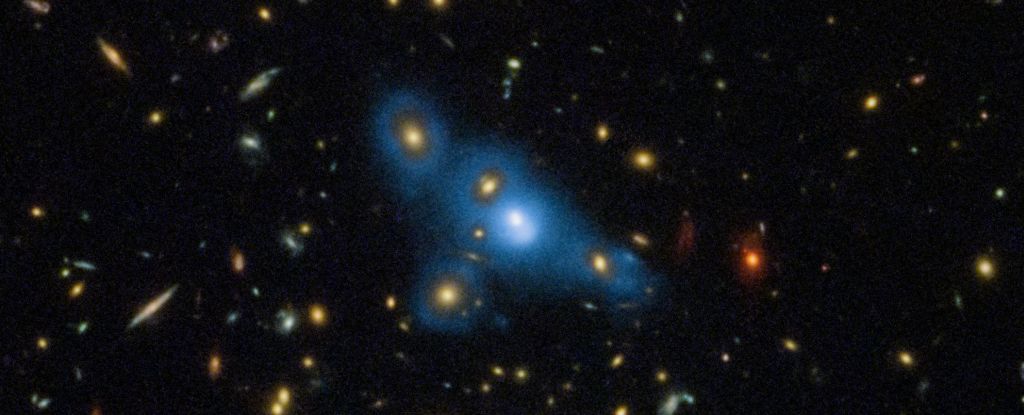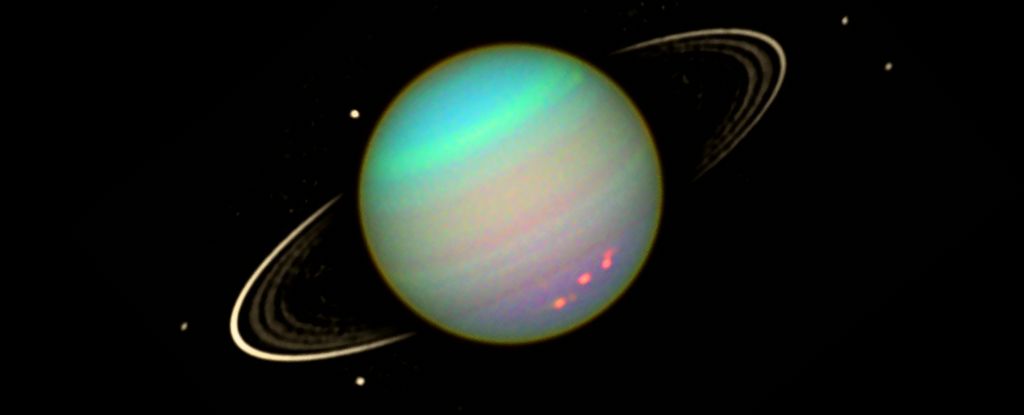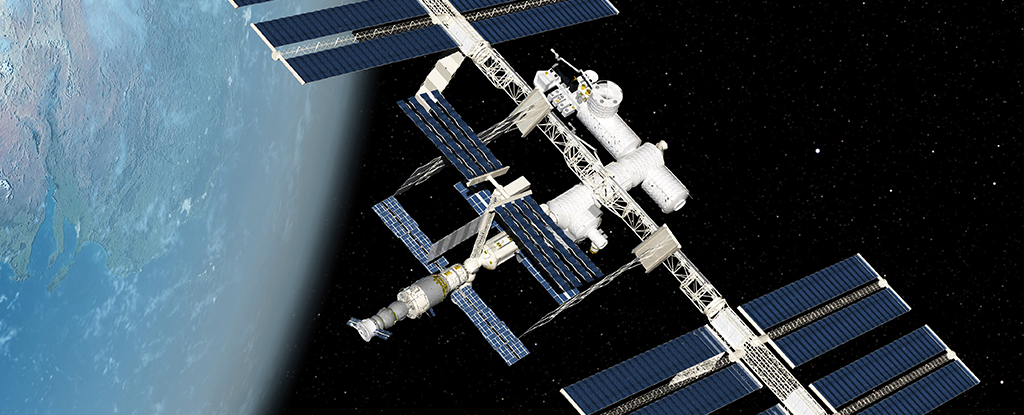There’s a lot more out there in space than meets the eye.
In the sparse chasms that yawn between galaxies gravitationally bound in vast clusters, lone stars wander alone, like cosmic rōnin, misplaced and unhindered.
We don’t know where these stars came from. Have they been kicked out of host galaxies? Or have they always been there, forming alone in the dark?
To find answers, the Hubble Space Telescope studied 10 galaxy clusters, with light taking up to 10 billion years to reach us. And the observations showed that the faint, diffuse light of lone stars shimmered in the early Universe’s intracluster space; These stars have been traveling alone for a very long time.
“This means that these stars were already homeless in the early stages of star cluster formation,” says astronomer James Jee from Yonsei University in South Korea.
This rules out recent gravitational interactions that have knocked galactic stars out of their homes and into intergalactic space.
galaxy clusters are dynamic environments composed of up to hundreds of thousands of galaxies brought together by gravity. In such high-density situations, galaxies can collide and merge at a higher rate, their gravity dances retreat long streams of material before final coalescence occurs.
The thin gas between galaxies in a cluster, called the intracluster medium, can also introduce drag, removing material (and stars) from a galaxy as it orbits the cluster center.
Various situations within galaxies – such as oblique supernovae and Gravitational interactions of three bodies involving a black hole – can cause stars to be ejected into interstellar space at galactic escape velocities. This is unlikely to explain the intracluster light as these scenarios are expected to occur regardless of galactic cluster membership.
So there are three plausible origins for rogue intracluster stars: mergers, detachment, or the stars were already there when the cluster formed.
We know that air resistance in the intracluster medium cannot be to blame, Jee and his colleague, Yonsei University astronomer Hyungjin Joo, found. This is because, over time, more and more stars would be pulled from galaxies into intracluster space, increasing the fraction of intracluster light.
However, throughout the history of the universe up to 10 billion years ago, the light within the cluster remains constant. The researchers could find no evidence of an increasing glow.
“We don’t know exactly what was done [the stars] homeless. Current theories cannot explain our results, but somehow they were produced in large quantities in the early Universe.” Jee says. “In their early formative years, galaxies may have been quite small and they bled out stars fairly easily due to a weaker gravitational pull.”
Rather, the team’s results suggest that the dominant source of light within the cluster is either growth in tandem with the formation and growth of the brightest galaxies in the cluster when the cluster was still forming, or by including stray stars that just floating around when the cluster came together.
This is important because of the intracluster light can help map the invisible dark matter help hold the cluster together. If the galaxy mergers had happened recently, the stars ejected during this destructive process would not have had time to disperse into the cluster space, and the light would therefore not image them accurately Dark matter Distribution.
However, stray stars, which have existed since the earliest days of the cluster, would be much more evenly distributed.
“Finding the origin of intracluster stars will help us understand the formation history of an entire galaxy cluster, and they can serve as visible traces of dark matter surrounding the cluster.” Says Joo.
The nature and role of dark matter in the universe are still vast mysteries; Mapping the ghostly light between galaxies could help us solve them.
The research was published in Nature.





